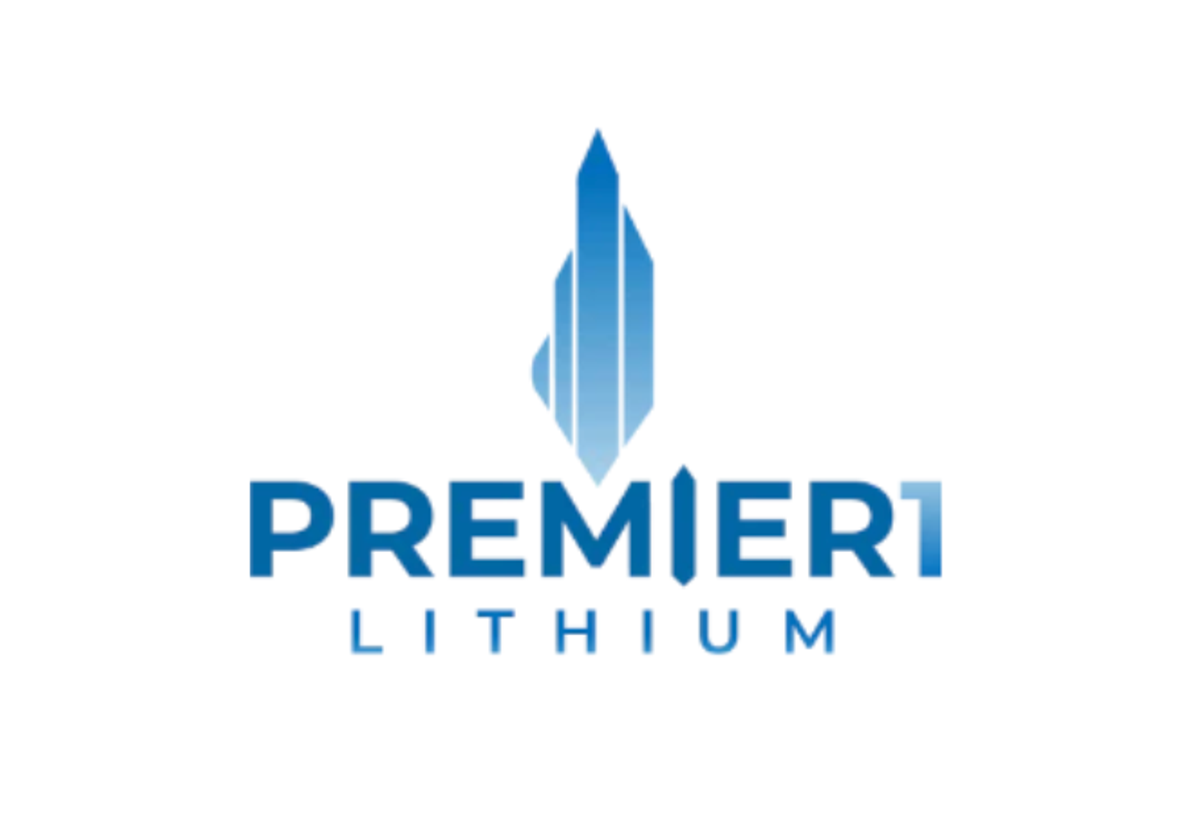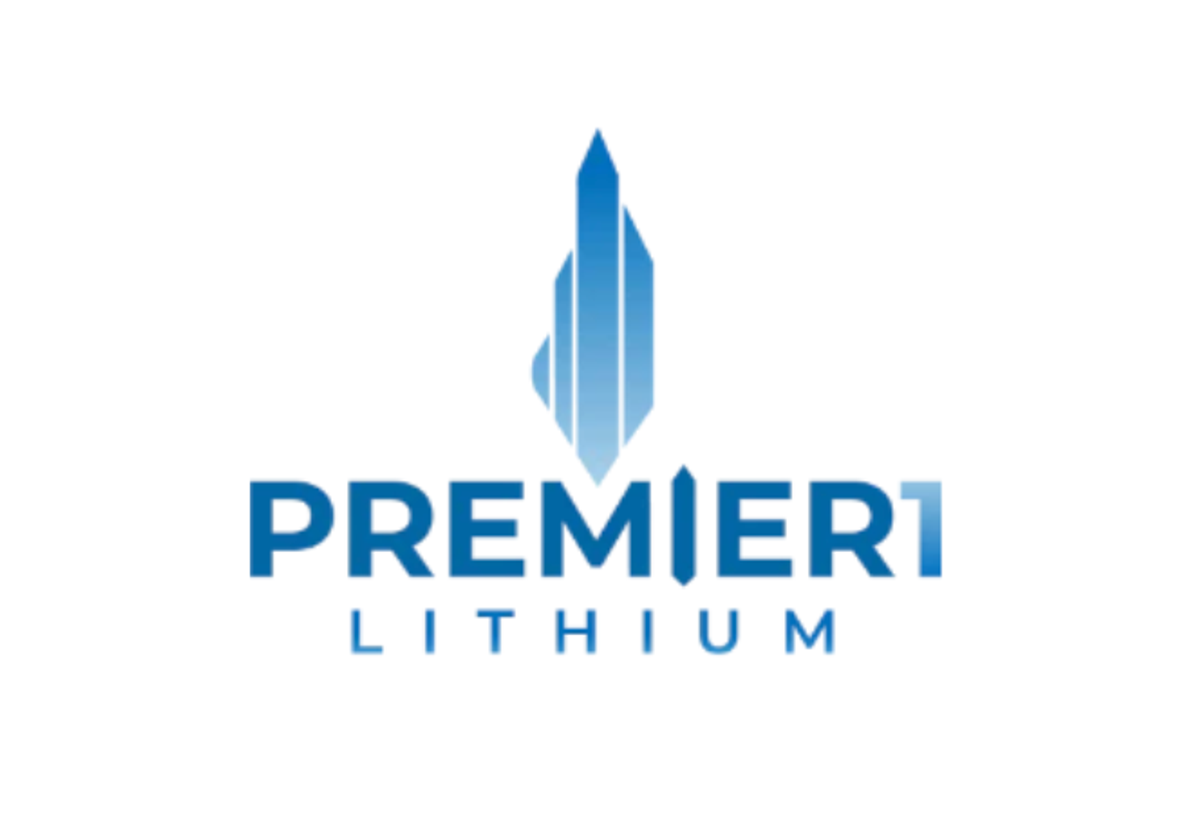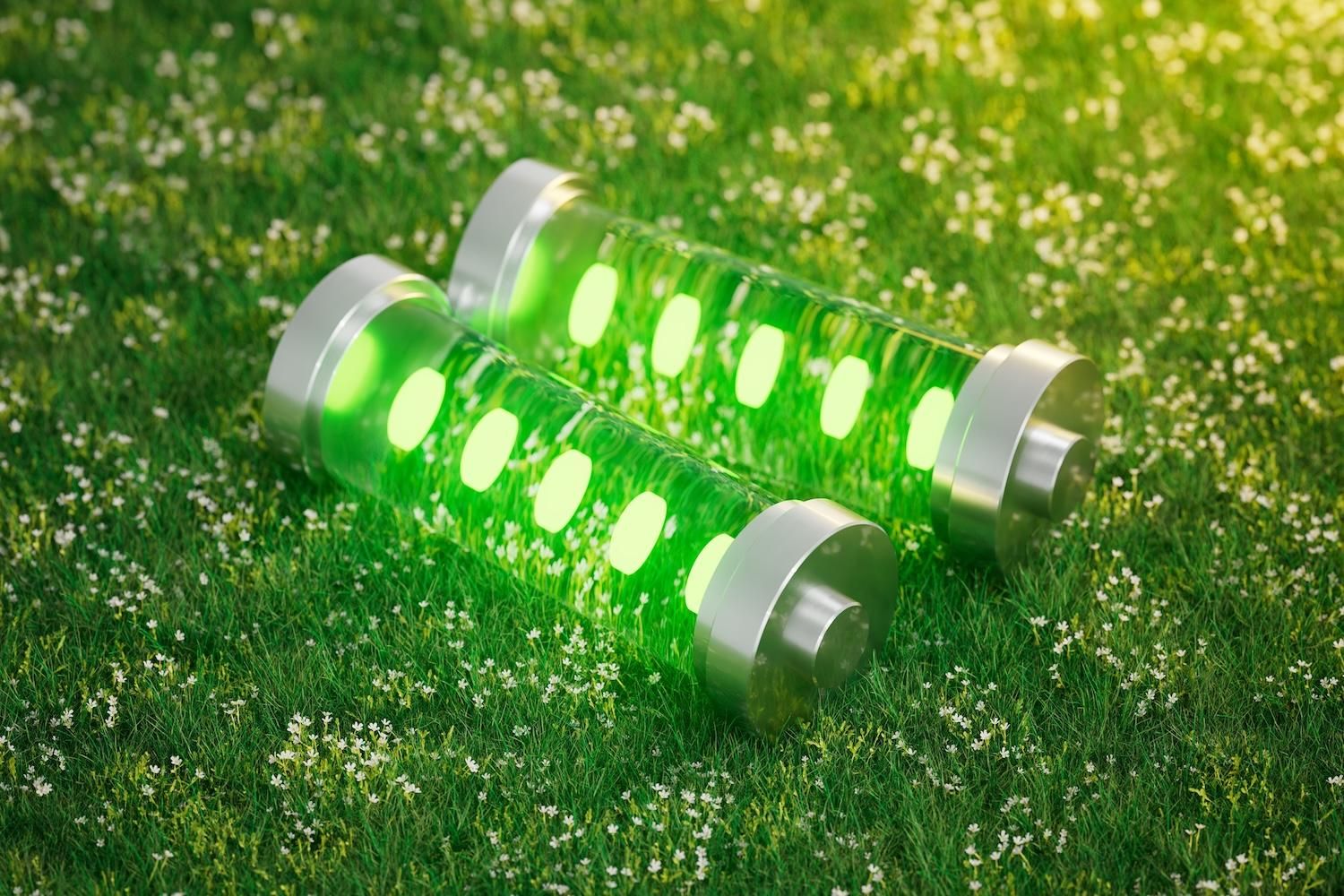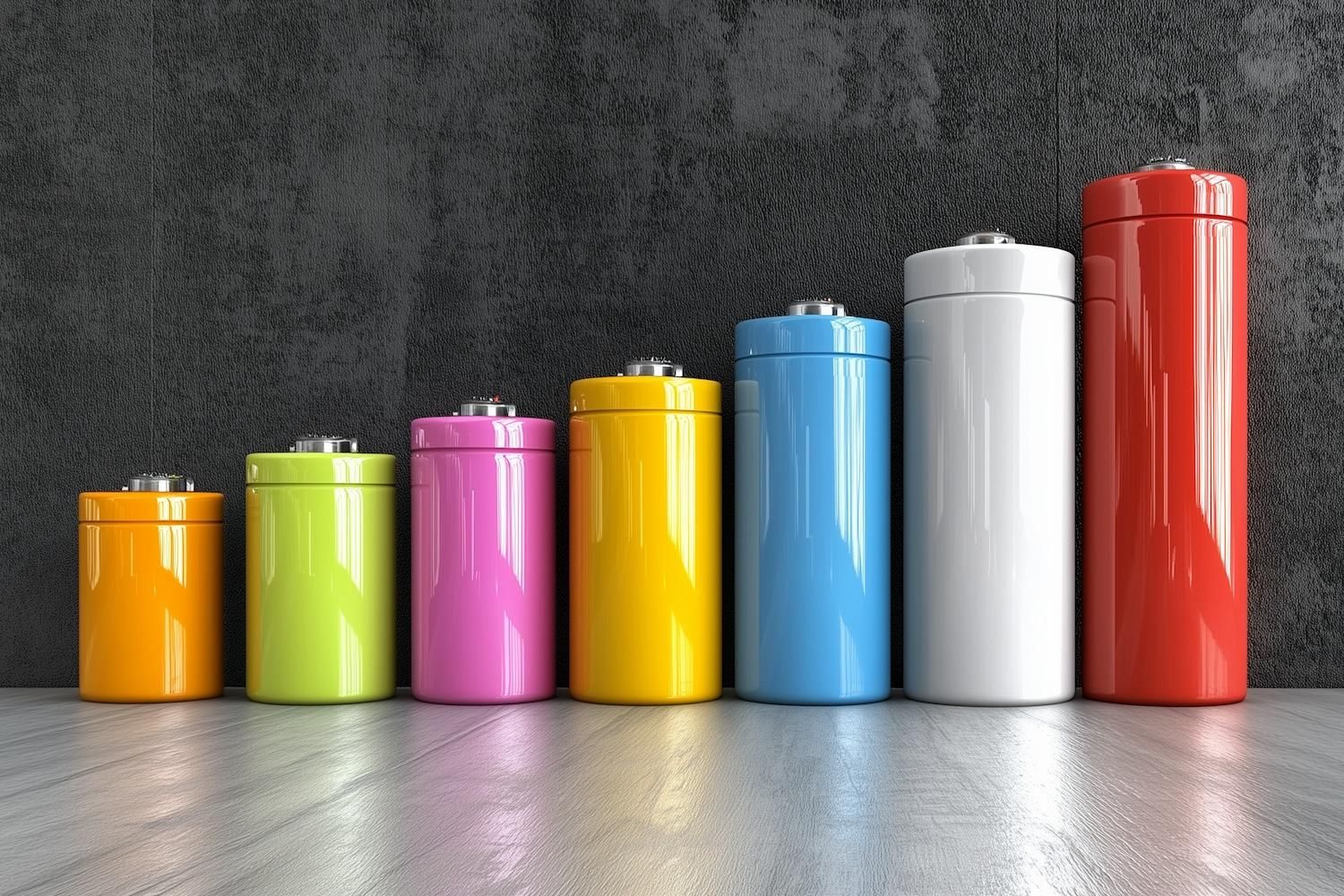
March 12, 2024
Premier1 Lithium Limited (ASX:PLC) (“Premier1” or the “Company”) is pleased to announce the commencement of drilling at the Company’s Moonera project in the Madura Province of Western Australia.
HIGHLIGHTS
- Government funded drilling has commenced at the Moonera copper and rare earth elements project in the Eucla Basin
- Drilling to be undertaken using the innovative coiled-tube drilling method pioneered by MinEx CRC and its partner the Geological Survey of Western Australia
- Program consists of 3 to 4 holes down to a depth of approximately 700m
- Premier1 benefits from any discovery made
Moonera is a copper and rare earth elements joint venture project that had previously been identified and drill tested with two drill holes by the Company in 2022 and 2023 (see technical annex). Through this previous drilling, Premier1 currently holds a 40% interest in the project and may elect to earn up to 80% by spending another $1.4m by 30 December 2024.
The Geological Survey of Western Australia (GSWA) previously advised SensOre (now Premier1) in 2023 that they wish to utilise the coiled-tube drilling method to test its applicability in the area. The program consists of 3 to 4 deep drill holes and is part of a precompetitive stratigraphic borehole program which will fill a gap in GSWA drilling in the region.
The majority of prior GSWA drilling was in the vicinity of the Trans-Australian railway line, approximately 100 km to the north. The holes being drilled currently would intersect the buried Madura Province Proterozoic basement beneath the younger Eucla Basin cover sediments.
This work is part of a long-running precompetitive geoscience program by GSWA which will improve understanding of the mineral, energy and groundwater potential of the region. MinEx CRC seeks to obtain drill core, chips and downhole data (such as semi-automated scanned geochemistry) from a series of stratigraphic boreholes up to an approximate depth of 700 m, penetrating through cover of the Eucla Basin.
The obtained multielement data will allow Premier1 to further test the copper and rare earth element potential of the project at no cost. The boreholes also further test the use of novel, smaller footprint coiled-tube drilling techniques for stratigraphic drilling in covered geological terranes.
Richard Taylor, CEO of Premier1, commented:
“We are pleased to see the GSWA and MinEx CRC trialling its innovative drilling approach at Moonera. The engagement is testament to the potential identified by SensOre before our recent demerger and we are excited to see the results of this test.”
Click here for the full ASX Release
This article includes content from Premier1 Lithium, licensed for the purpose of publishing on Investing News Australia. This article does not constitute financial product advice. It is your responsibility to perform proper due diligence before acting upon any information provided here. Please refer to our full disclaimer here.
PLC:AU
The Conversation (0)
05 June 2024
Premier1 Lithium
AI-based and data-driven approach to lithium exploration in Western Australia
AI-based and data-driven approach to lithium exploration in Western Australia Keep Reading...
01 December
Why SQM Says Social Dialogue is Key to Sustainable Lithium
As scrutiny continues to intensify across the battery metals supply chain, the conversation around sustainability has moved far beyond carbon footprints. At this year’s Benchmark Week, Stefan Debruyne, director of external affairs at Sociedad Quimica y Minera de Chile (SQM) (NYSE:SQM), made that... Keep Reading...
27 November
Battery Storage Market Surging as Electricity Demand Enters New Era
Speaking at Benchmark Week, Iola Hughes, head of battery research at Benchmark Mineral Intelligence, outlined a market that is undergoing “very strong growth" and becoming indispensable to energy security.Hughes described energy storage as the fastest-growing segment in the battery sector today.... Keep Reading...
27 November
Inside Billionaire Gina Rinehart's Key Mining Investments
Australian billionaire Gina Rinehart has become a formidable force in the global mining industry. After taking the helm of her father’s iron ore firm Hancock Prospecting in 1993, she embarked upon a diversification strategy that has vastly expanded her resource empire. Now Australia’s richest... Keep Reading...
26 November
Long State Funding Update
Atlantic Lithium (A11:AU) has announced Long State Funding UpdateDownload the PDF here. Keep Reading...
24 November
CATL Reportedly Plans to Restart Key Chinese Lithium Mine by December
Contemporary Amperex Technology (SZSE:300750,OTC Pink:CTATF) is preparing to restart its Jianxiawo lithium mine in Jiangxi province as soon as early December, sources familiar with the matter told Bloomberg.The sources, who declined to be named, said the company, better known as CATL, has asked... Keep Reading...
24 November
Liontown Resources’ Spodumene Auction Attracts Nine Countries
Liontown Resources (ASX:LTR,OTC Pink:LINRF) held its first digital spot sales auction for 10,000 wet metric tonnes of spodumene concentrate from its Kathleen Valley lithium operation in Western Australia.The auction, which attracted over 50 buyers from nine countries, was conducted on Metalshub,... Keep Reading...
Latest News
Latest Press Releases
Trading Halt
40m
Related News
TOP STOCKS
American Battery4.030.24
Aion Therapeutic0.10-0.01
Cybin Corp2.140.00






